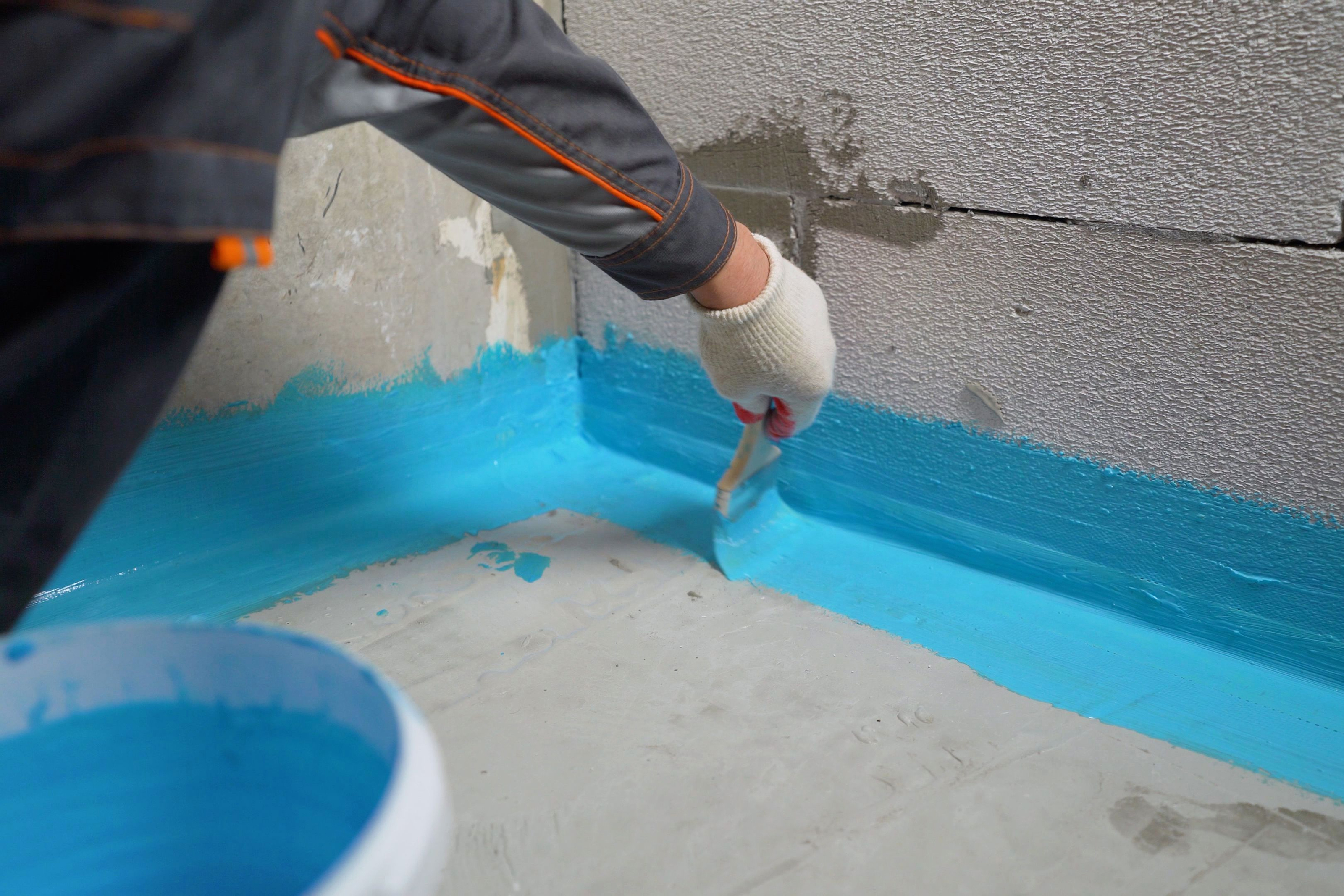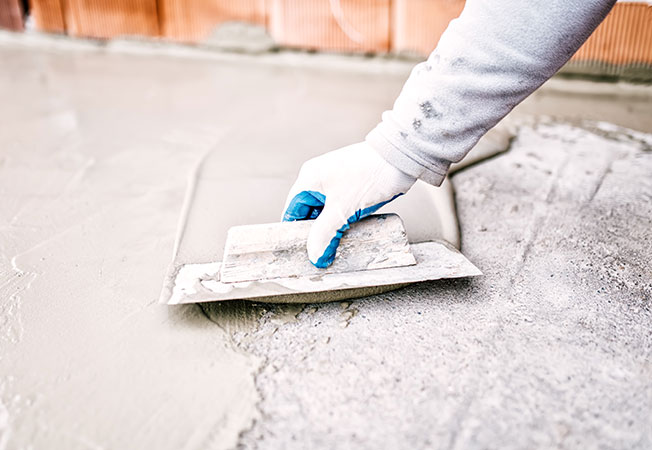How Waterproofing Functions: A Detailed Check Out Methods and Technologies
Waterproofing is necessary for safeguarding structures from moisture-related damage. It involves numerous strategies and technologies that develop barriers against water breach. Standard techniques, such as compressed clay, exist together with modern-day technologies like liquid-applied membrane layers. Recognizing the nuances of these techniques is important for effective application. The performance of any type of waterproofing solution hinges not only on the strategies utilized but also on recurring maintenance and evaluation. What are the crucial elements that affect lasting efficiency?
Recognizing the Fundamentals of Waterproofing
Waterproofing is a crucial process that shields frameworks from water breach, which can result in significant damage in time. This technique includes the application of different materials and strategies developed to produce a barrier against moisture. The main objective is to stop water from permeating surfaces, which can cause wear and tear, mold development, and structural instability.Various variables influence the choice of waterproofing method, including the kind of structure, its location, and ecological problems. Understanding the physics of water movement and the homes of different products is critical in choosing an efficient waterproofing solution.Effective waterproofing not only safeguards buildings however additionally boosts their longevity and stability. Generally, it is integrated into the layout stage of building and construction to guarantee detailed security. As understanding of water-related concerns grows, the significance of comprehending waterproofing fundamentals comes to be increasingly clear to engineers, builders, and property proprietors alike.
Traditional Waterproofing Methods
Conventional waterproofing methods have been utilized for centuries, counting on reliable techniques and materials to safeguard structures from water damages. One of the earliest methods involves using clay, which, when compacted, creates a natural obstacle versus dampness. Furthermore, asphalt, a sticky, black product originated from petroleum, has actually been used for its water-resistant buildings, typically related to roof coverings and foundations.Another strategy involves the application of lime-based plasters, which supply a breathable layer that enables wetness to get away while protecting against water ingress. Thatch roofing, a traditional approach still seen in some cultures, uses outstanding waterproofing because of its tightly packed straw layers.Moreover, the use of rock and brick has actually projected, as these materials are naturally immune to water when correctly set up. Generally, typical waterproofing techniques emphasize the value of selecting suitable products and construction practices to enhance durability versus water invasion.
Modern Waterproofing Technologies
Improvements in modern waterproofing technologies have reinvented the method structures are safeguarded from water damage. Innovative approaches such as liquid-applied membranes and sophisticated sealers have actually boosted the performance and convenience of waterproofing options. These technologies enable smooth application, reducing the threat of leakages and making sure extensive insurance coverage over complex surfaces.Moreover, the integration of clever modern technologies, such as moisture sensors and automated tracking systems, makes it possible for real-time evaluation of waterproofing performance. This positive technique facilitates timely maintenance and decreases lasting repair costs.Additionally, developments in spray-applied layers offer fast application and excellent adhesion, adapting to various substratums while offering robust security. Strategies like polymer-modified systems further boost adaptability and sturdiness, making them appropriate for diverse settings. Generally, contemporary waterproofing modern technologies not just mitigate water intrusion but additionally add to the longevity and sustainability of structures, noting a significant shift in the market.
Products Used in Waterproofing
The performance of waterproofing remedies greatly counts on the products made use of in their application. Various products are utilized to create barriers versus water access, each with special properties suited for different environments. Generally used products consist of membranes, coatings, and sealants.Liquid-applied membrane layers, typically made from polyurethane or acrylic, form a seamless obstacle that adjusts to intricate surface areas. Sheet membrane layers, normally constructed from rubber or thermoplastic, offer durability and are optimal for bigger locations. Furthermore, cementitious waterproofing products, composed of cementitious substances, provide outstanding attachment and flexibility.Sealants reference made from silicone or polyurethane are important for joints and seams, guaranteeing thorough defense. Moreover, sophisticated products, such as geo-composite membranes, combine numerous features, boosting efficiency. In general, the choice of waterproofing products is crucial in attaining resilient and effective water resistance, tailored to certain project requirements and environmental problems.
Common Applications of Waterproofing
Waterproofing plays an important duty in different sectors, making certain the durability and stability of structures. Common applications include property solutions that secure homes, business infrastructure that safeguards companies, and industrial setups that call for robust protection versus dampness. Recognizing these applications highlights the value of waterproofing in maintaining both safety and security and capability across various environments.
Residential Waterproofing Solutions
Several homeowners encounter obstacles with dampness invasion, making reliable domestic waterproofing remedies essential. Various approaches exist to resolve this concern, consisting of exterior and interior waterproofing systems. Inside services typically entail the application of sealers and layers to basement wall surfaces, which help avoid water infiltration. Exterior techniques generally consist of the setup of drain systems and waterproof membranes that divert water far from the foundation.Additionally, house owners might take into consideration sump pumps to remove water build-up and dehumidifiers to regulate moisture degrees. Proper grading and making use of rain gutters likewise play an important duty in managing water circulation around the home. By implementing these techniques, homeowners can greatly decrease the risk of water damages and mold and mildew growth, guaranteeing a dry and secure living environment.

Industrial Infrastructure Defense
Reliable waterproofing remedies play a critical duty in the protection of industrial infrastructure. Water Solutions. These strategies are important for securing buildings, car parking structures, and bridges from water damages, which can compromise architectural integrity and cause costly repair services. Common applications consist of the installation of membrane layers, layers, and sealants that develop barriers versus wetness infiltration. Areas such as cellars, roofs, and exterior walls are typically focused on to ensure durability and toughness. Additionally, waterproofing systems can boost power effectiveness by protecting against water-related concerns that may bring about mold development and deterioration. By executing durable waterproofing measures, homeowner can protect their investments and maintain functional effectiveness, inevitably adding to the overall sustainability of commercial facilities
Industrial Applications Overview
While numerous markets face distinct challenges, the need for trustworthy waterproofing solutions continues to be a consistent in commercial applications. Industries such as production, building, and energy frequently run into atmospheres where moisture direct exposure can jeopardize architectural stability and functional effectiveness. In manufacturing centers, waterproofing is vital for protecting equipment and materials from water damages. In construction, it safeguards important site structures and cellars versus groundwater infiltration. The power industry counts on waterproofing for the security of devices in hydroelectric plants and overseas frameworks. Furthermore, food processing sectors use waterproofing to guarantee health and compliance with safety criteria. Generally, reliable waterproofing options are vital for enhancing longevity, security, and productivity throughout various commercial settings.
Upkeep and Longevity of Waterproofing Solutions
Although waterproofing solutions are created to offer lasting protection versus moisture invasion, regular maintenance is necessary to ensure their efficiency and longevity - Landscape drainage Omaha. Routine examinations play a significant function in determining possible problems such as cracks, peeling, or indicators of water damages. Attending to these issues quickly can prevent more wear and tear and pricey repairs.Additionally, cleaning the surface of waterproofed areas aids remove dust and particles that can jeopardize the honesty of the waterproofing barrier. It's also advisable to reapply protective finishes or sealants as advised by suppliers to preserve excellent efficiency. Ecological elements, such as UV direct exposure and severe climate condition, can influence the lifespan of waterproofing materials, making regular assessment vital
Regularly Asked Inquiries
Can Waterproofing Be Applied in Winter?
The inquiry of applying waterproofing in cool climate raises problems regarding attachment and treating. Numerous products might not execute at their ideal in reduced temperatures, necessitating mindful selection and consideration browse around this site of details guidelines for effective application.
Just How Lengthy Does Waterproofing Normally Last?
The duration of waterproofing efficiency varies based upon products and ecological variables. Normally, it can last from 5 to 10 years, however routine maintenance and evaluations are vital to assure peak performance and durability.
Is DIY Waterproofing Effective and Safe?
The performance and security of DIY waterproofing rely on different elements, consisting of worldly quality and application technique. While some people achieve satisfying results, others might encounter concerns that compromise lasting security and architectural stability.
What Are the Indicators of Failing Waterproofing?
Indications of failing waterproofing consist of noticeable water spots, peeling off paint, mold development, moldy smells, and dampness in wall surfaces or ceilings - French drain installation Omaha. These signs recommend compromised barriers, demanding prompt assessment and possible remediation to stop further damages
Just how Do I Choose the Right Waterproofing Specialist?
